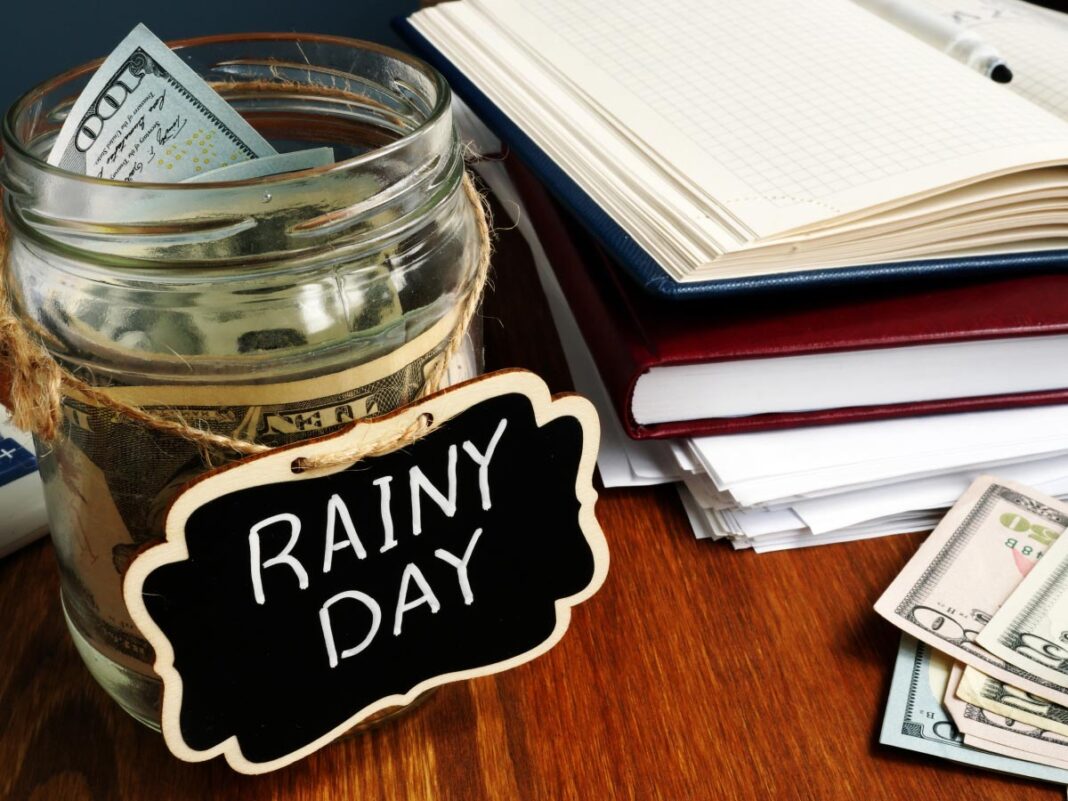Life is full of surprises, and not all of them are always pleasant. From sudden car repairs to unforeseen medical bills, these surprises can quickly derail your finances if you’re not prepared. That’s where an emergency fund comes into play—a financial safety net designed to cover those unexpected expenses.
What Is an Emergency Fund?
An emergency fund is money that is set aside specifically for financial emergencies. It’s not for planned purchases or yearly expenses but for unanticipated events that require immediate attention. Think of it as a financial buffer between you and life’s little (or big) surprises.
Why Is an Emergency Fund Important?
Having an emergency fund is essential, as it provides financial security and peace of mind. Without it, you might find yourself relying on high-interest credit options or loans, which can lead to a cycle of debt. Nearly half of American households struggle to come up with $2,000 within 30 days, highlighting the importance of being financially prepared.
How Much Should You Save?
The general recommendation is to have three to six months’ worth of basic living expenses saved in your emergency fund. This amount provides a sufficient cushion to cover significant unexpected events like job loss or major health issues.
That said, the exact amount can vary based on your personal situation.
- Three months’ expenses is good if you have a stable job and minimal financial obligations.
- Six months’ expenses is good if you’re self-employed, have irregular income, or want an extra layer of security.
If saving that much feels overwhelming, start small. Even saving one month’s worth of expenses is a major first step toward building an emergency fund.
Steps to Build Your Emergency Fund
Assess Your Monthly Expenses
Calculate your essential monthly costs, including housing, utilities, food, transportation, insurance, and debt payments.
Set a Realistic Goal
Based on your calculations, determine how much you need to save for your emergency fund.
Create a Budget
A clear budget helps you understand the areas where you can cut back and put in more money toward savings.
Automate Your Savings
Setting up automatic transfers to the emergency fund can ensure consistent contributions without having to think about it.
Increase Your Income
Consider side hustles or freelance work to boost your savings rate.
Things to Keep in Mind
Accessible
Keep it in a liquid account so you can access the funds as and when needed.
Safe
Use accounts that are federally insured, such as those protected by the FDIC or NCUA.
Separate from Your Checking Account
This reduces the urge to dip into the emergency fund for non-emergency-related expenses.
High-yield savings or money market accounts are excellent options because they offer higher interest rates while keeping your money accessible.
When to Use Your Emergency Fund
An emergency fund should be used for genuine emergencies and not for discretionary spending. Before tapping into your fund, ask yourself:
- Is it unexpected?
- Is it necessary?
- Is it urgent?
If you answer “yes” to all three, then it’s appropriate to use your emergency fund.
Replenishing Your Emergency Fund
After using your emergency fund, make it a priority to replenish it. Adjust your budget and temporarily cut non-essential expenses until your fund is back to its target amount.
Peace of Mind That Comes with Preparedness
Building a solid emergency fund takes time, discipline, and consistency, but the peace of mind it offers is invaluable. Having a financial cushion allows you to handle life’s surprises without adding financial stress.
Start today by setting aside a small amount each month, and watch your emergency fund—and your financial confidence—grow.


